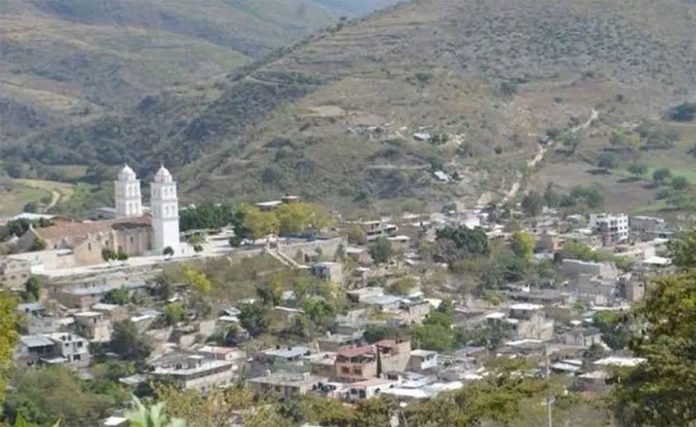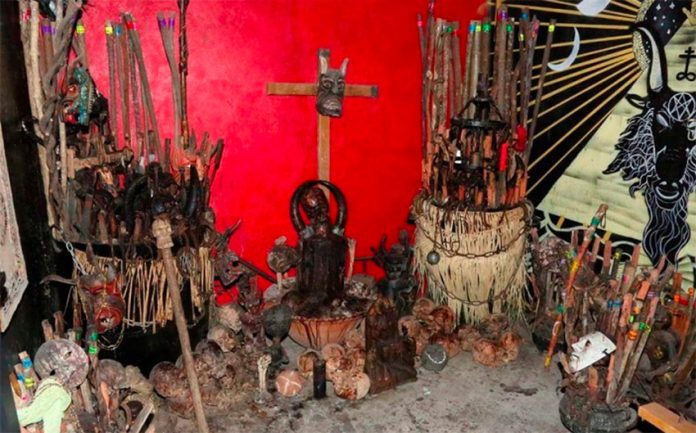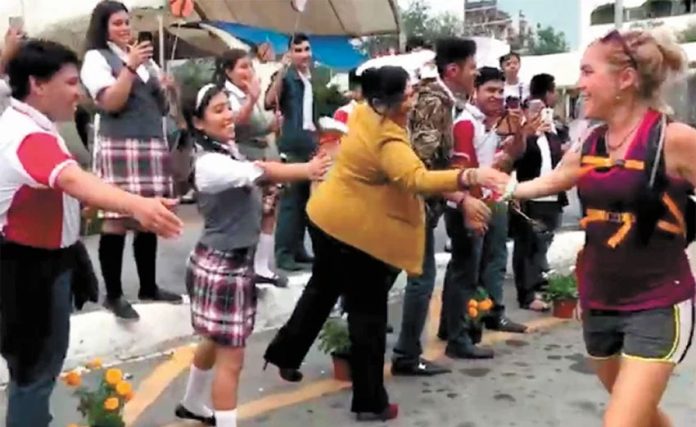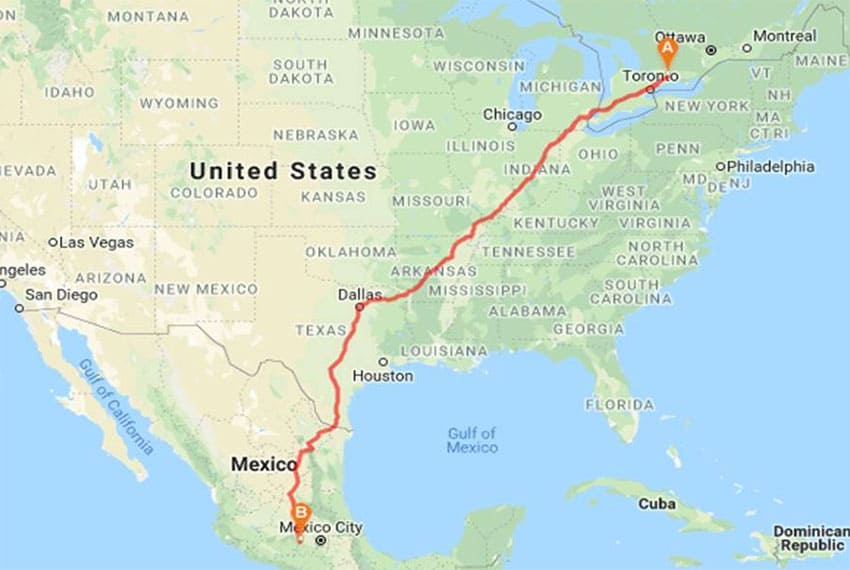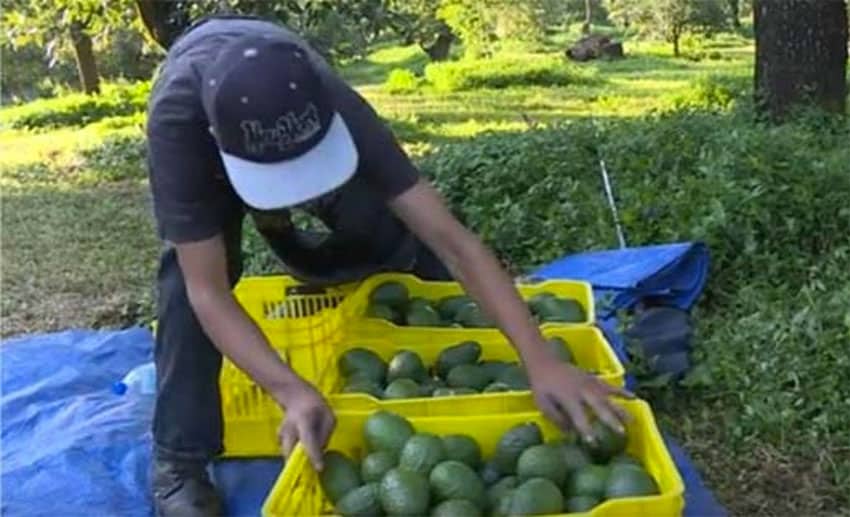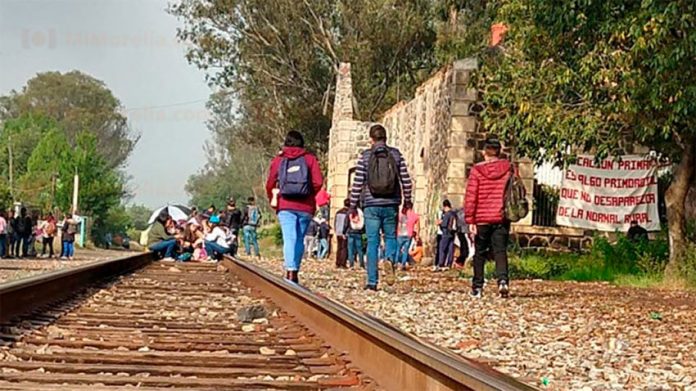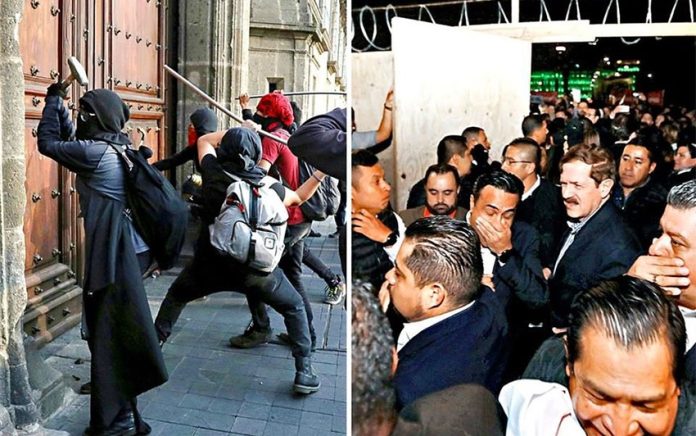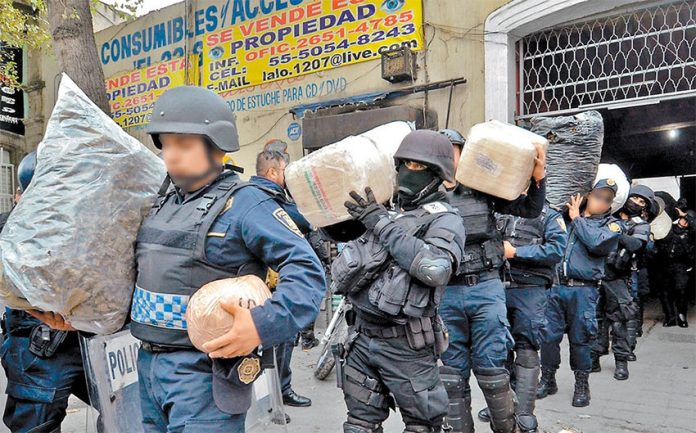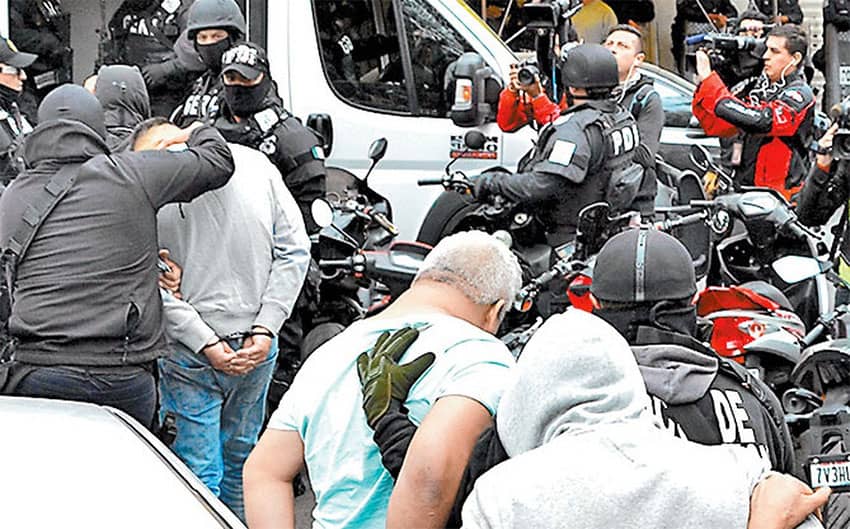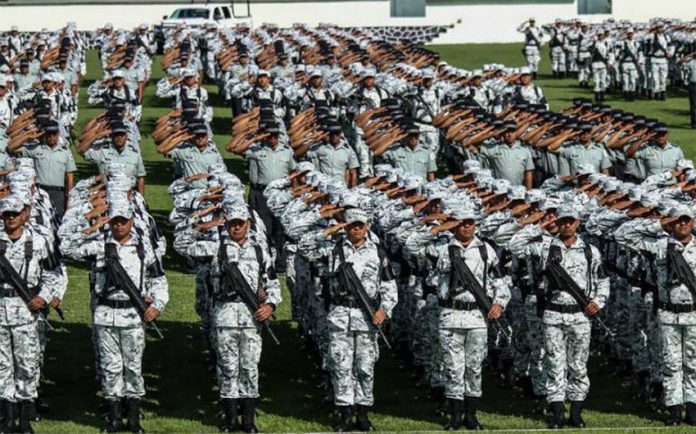What do you do in the face of raw terror?
Do we fight? Do we surrender? Do we give in at the moment to prevent more terror while we try to figure out a better strategy? Do we try to reason with them?
This is a question I’ve asked myself many times through the years, but especially since 2006 when it was suddenly very close to home. Former president Felipe Calderón’s decision to eradicate the narco-traffickers in Mexico seemed to do nothing more than hit a wasps’ nest with a bat: it scattered them, it made the wasps mad, and it created a lot more wasps’ nests filled now with angry, defensive and totally prepared wasps.
This past week we learned of two terrifying events that wound up being a show of strength from exactly the (what I’m devastated to call) institution we’re hoping to expunge from society: there was the ambush in Tierra Caliente in which a criminal gang of narco-traffickers essentially massacred 14 state police officers after having warned that a refusal to work with them would result in death.
Then, in Culiacán, chaos erupted in the city when “El Chapo” Guzmán’s son, Ovidio Guzmán, was detained.
Ordinary citizens simply trying to go about their lives were suddenly in the middle of a war zone, parents hiding their children behind cars. One Walmart turned itself into an impromptu shelter and refuge during the chaos.
In the face of such an overwhelming show of force, Guzmán was released, in my opinion correctly, in what seemed to be an exchange for a deflation of the violence.
When it comes to security, Mexico is very close to what one might call a failed state. Certain parts of the country are worse than others: my own state of Veracruz is particularly bloody.
But when our opponents say “alright then, how about we just kill everyone who won’t cooperate?” and then do — with a complete lack of fear — we know we have a problem.
I’ve resisted writing about the violence in Mexico, as I feel it’s an unfairly saturated topic, especially in international news.
I’ve also resisted because, though I don’t consider myself any kind of “real journalist” (I don’t say that to self-deprecate, but rather because I only write opinion pieces and blogs — I don’t investigate or “uncover” anything), I’m well aware of the dangers to people who write about these things. In writing about it now, I’m banking on my own insignificance.
Furthermore, I’m hardly qualified to comment on military or police strategy. I’m from a family of pacifists and have always been naturally repelled by the kind of macho posturing that seems to be an essential part of the machinery to these institutions. It’s not something I understand or want to think about, but I do want safety and security, so here I am.
AMLO, I suspect, is much in the same boat. While I don’t doubt that he cares deeply about the safety of Mexican citizens and residents, as a pacifist his background is not in military or police strategy, but rather in social policy. I suspect that he is shocked that the combination of new social approaches and security strategy hasn’t had more of an immediate effect, but really, how could it? This mess was a long time in the making, and the reversal simply can’t be immediate.
The president has said that the way to prevent crime is to make sure there are plenty of good viable alternatives to it. This is true, but turning the economy around and providing new opportunities cannot provide an overnight effect.
Then we have the glorified “narco-culture” to contend with: the allure of power and glory when the alternative seems to be chump change at a “real” job is something difficult for some young and uneducated men to resist. And it only takes a few not resisting to make a difference in the security of the entire country. Changing culture takes time.
Nobody is an expert in everything, of course, but as the leader of the country it is necessary to surround oneself with people who are smarter and more experienced in the particular areas in which experience is lacking.
Surely this is what the president thought he had done, but the events from this past week clearly show a lack of understanding about what’s needed on this level.
That said, I think releasing Guzmán when they did was the right decision. The whole operation was a disaster — that’s obvious — but in the face of that disaster, they did what they needed to do to end it.
Society cannot function like this. In the face of chaos, sometimes the best option is to go “back to normal” and regroup while we figure out another strategy.
The key word in “criminal organization” seems to be “organization.” They were ready. Their people are well-trained and loyal. What do Mexican security forces have to do to get to that point?
The cartel gangs are not to be admired, but they certainly schooled us when it came to organization and showing a united front. We need to be just as organized, and soldiers and police need to be just as steadfast in their missions.
Military personnel and police must have extensive training — especially in human rights — and must be paid as if they were risking their lives every day to do their jobs, which is what they are doing. We can’t treat these jobs, compensation-wise, as if they were working retail somewhere or serving tacos.
We can also learn from others. Let’s call up those countries that have been able to overcome violence in their own territories. What did they do? How did they do it? There are no simple answers, but there is wisdom to be drawn from others’ experiences.
Beating down the wasps’ nest was a disaster, and we’re all still trapped in it. Eradicating poverty and doing our best to provide good opportunities for all is a good long-term strategy, but we need immediate short-term help, as well.
I admire AMLO’s commitment to pacifism, but we need to keep ordinary people safe. There are people that know how to do that (right?) — let’s get them in here.
Sarah DeVries writes from her home in Xalapa, Veracruz.
